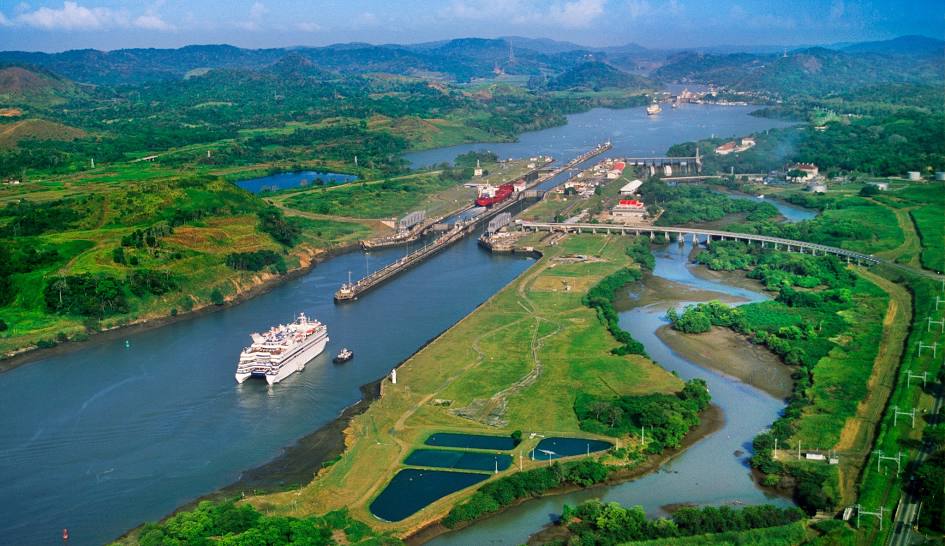The International Federation of Freight Forwarders Associations (FIATA) has received numerous inquiries from members and industry partners, including at the World Cargo Summit 2025, regarding recent developments concerning the Panama Canal. This update provides context on the evolving situation, acknowledging the complex interplay of geopolitical forces impacting this vital trade route. It is intended for informational purposes and does not necessarily reflect the official views of FIATA or its members.
Recent events, including Panama’s announcement that it will not renew its participation in China’s Belt and Road Initiative (BRI) following a visit from U.S. Secretary of State Marco Rubio, coupled with statements from the U.S. President and administration, highlight the geopolitical significance of the Panama Canal.
While transport infrastructure is inherently intertwined with political dynamics, Panamanian authorities have consistently reaffirmed their commitment to the Canal’s neutrality, as enshrined in the 1977 treaty. This stance aligns with U.S. strategic interests and has been reiterated by the U.S. administration, emphasizing the Canal’s continued importance.
The Panama Canal plays a critical role in global commerce, facilitating approximately 6% of world trade. Significantly, 66% of its traffic is linked to U.S. ports, and it also serves U.S. military logistics. Although the U.S. does not control the Canal, its security and operational stability are of paramount importance to Washington.
Since the Canal’s transfer to Panama in 1999, U.S. investment in the region has been somewhat limited, occasionally marked by the absence of an accredited ambassador. This created an opportunity for China to expand its influence. In recent years, Panama severed diplomatic ties with Taiwan and became the first Latin American nation to join the BRI. Furthermore, in 2021, the concession for two of the five ports surrounding the Canal was renewed for another 25 years with Hong Kong-based Hutchison Ports.
Growing environmental and security risks in the Canal zone, combined with China’s increasing presence in Latin America and its infrastructure investments near the Canal, have heightened U.S. concerns regarding Panama’s sovereignty and security. These concerns have spurred calls for enhanced protective measures to safeguard the Canal from potential external influence.
The recent U.S. actions can be interpreted as an effort to diminish Panama’s ties with China, or perhaps as a broader strategic initiative to strengthen U.S.-Panama relations through increased investment and economic engagement, thereby counterbalancing Chinese influence. Regardless of the specific motivations, the U.S., like other major trading nations, has a strong interest in maintaining the stability and neutrality of the Panama Canal to ensure the uninterrupted flow of global trade.




